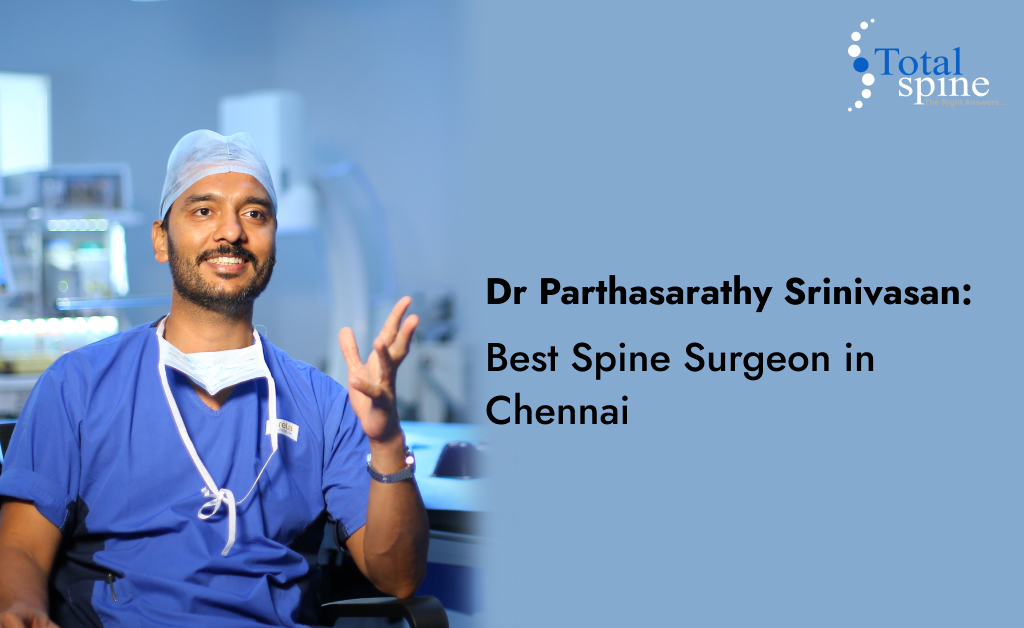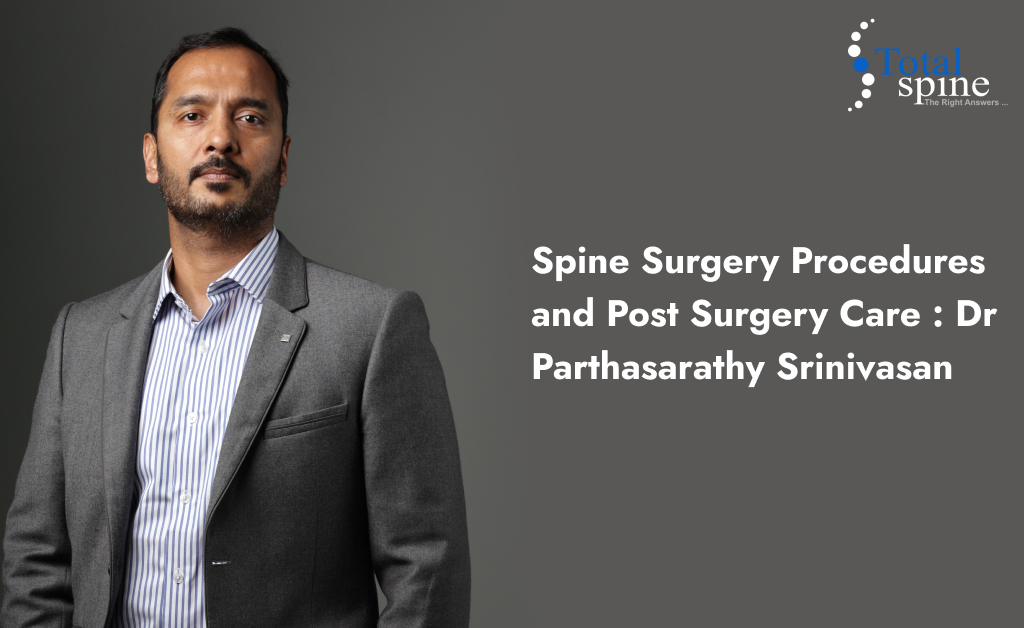The Spine is one of the most important structures in the human body, responsible for providing support, stability, and mobility. However, sometimes, the spine can become damaged, leading to pain, discomfort, and a decrease in mobility. In these cases, spine surgery may be necessary to correct the issue and improve the patient’s quality of life. Dr Parthasarathy Srinivasan ranks as the No 1 Spine Surgeon in Chennai, offering expert surgical treatment that could benefit the public.
There are various types of spine surgery available, including discectomy, laminectomy, and anterior cervical discectomy and fusion (ACDF). In this blog, we will explore each of these procedures in more detail, including their benefits, risks, and what the patients can expect during and after the surgery.
Discectomy:
A discectomy is a surgical procedure that involves removing a damaged or herniated disc from the spine. The intervertebral discs are located between the vertebrae and act as cushions, absorbing shock and providing flexibility. However, when a disc becomes damaged or herniated, it can cause pressure on the nerves, leading to pain, numbness, or weakness.
During a discectomy, the surgeon will make a small incision in the back and use specialized tools to remove the damaged portion of the disc. The procedure is usually done under general anesthesia and takes around an hour to complete. Patients may need to stay in the hospital for a few days after the surgery and recovery time can vary from a few weeks to several months, depending on the extent of the damage and the patient’s overall health.
Discectomy is a common procedure used to treat conditions such as herniated discs, sciatica, and spinal stenosis. The benefits of this surgery include reduced pain, improved mobility, and a quicker return to normal activities. However, there are also risks associated with the procedure, such as bleeding, infection, nerve damage, and spinal fluid leaks.
Laminectomy:
A laminectomy is another type of spinal surgery that involves removing a portion of the vertebra called the lamina. The lamina is the bony arch that protects the spinal cord and nerves and when it becomes damaged or thickened, it can cause pressure on the nerves, leading to pain and discomfort.
During a laminectomy, the surgeon will make an incision in the back and remove the lamina using specialized tools. The procedure is usually done under general anesthesia and takes around an hour to complete. Patients may need to stay in the hospital for a few days after the surgery, and recovery time can vary from a few weeks to several months, depending on the extent of the damage and the patient’s overall health.
Laminectomy is commonly used to treat conditions such as spinal stenosis, herniated discs, and bone spurs. The benefits of this surgery include pain, improved mobility, and a quicker return to normal activities. However, there are also risks associated with the procedure, such as bleeding, infection, nerve damage, and spinal fluid leaks.
Anterior Cervical Discectomy and Fusion (ACDF):
Anterior Cervical Discectomy and Fusion (ACDF) is a surgical procedure that involves removing a damaged or herniated disc in the neck and fusing two vertebrae together. The procedure is done through the front of the neck, and the surgeon will make a small incision to access the spine.
During the procedure, the surgeon will remove the damaged portion of the disc and replace it with a bone graft. The bone graft will fuse the two vertebrae together, creating a solid structure. The procedure is usually done under general anesthesia and takes around an hour to complete. Patients may need to stay in the hospital for a few days after the surgery, and the recovery time can vary from a few weeks to several months, depending on the extent of the damage and the patient’s overall health.
As the foremost spine surgeon in chennai, Dr Parthasarathy Srinivasan initiated Total Spine to assist people everywhere with diagnosis and successful treatment.
The recovery period after Spine Surgery can vary depending on the type of procedure, the extent of the damage, and the overall health of the patient. However, there are some general guidelines that patients can follow to aid in their recovery and ensure the best possible outcome.
Pain Management
Pain is a common experience after spine surgery, and managing it is an essential part of the recovery process. Healthcare professionals will often prescribe pain medication to help manage discomfort in the days following surgery. However, it is essential to follow the prescribed dosage and not exceed it, as this can lead to complications.
Physical Therapy
Physical therapy is an essential part of the recovery process after spine surgery. Patients will often work with a physical therapist to help them regain strength, mobility, and flexibility in the affected area. The physical therapist will come up with a personalized treatment plan that is tailored to the needs and goals of the patients.
Rest and Recovery
Rest is a critical component of recovery from spine surgery. Patients will often need to take time off work or limit their daily activities to allow their bodies to heal properly. It is essential to follow the healthcare professional’s advice regarding rest and recovery to avoid complications and promote healing.
Patients may need to wear a brace or other supportive device to help support the spine and aid in the healing process. It is essential to follow the healthcare professional’s advice regarding the use of these devices and wear them as instructed.
Follow-Up Care
Follow-up care is essential after spine surgery to ensure proper healing and reduce the risk of complications. Patients will often have follow-up appointments with their healthcare professionals to monitor their progress and address any concerns or complications that may arise.
During these appointments, healthcare professionals may perform imaging tests, such as X-rays or MRI scans, to evaluate the healing process and ensure that the spine is stable. Patients may also receive additional recommendations regarding physical therapy, rest, and recovery based on their progress.


